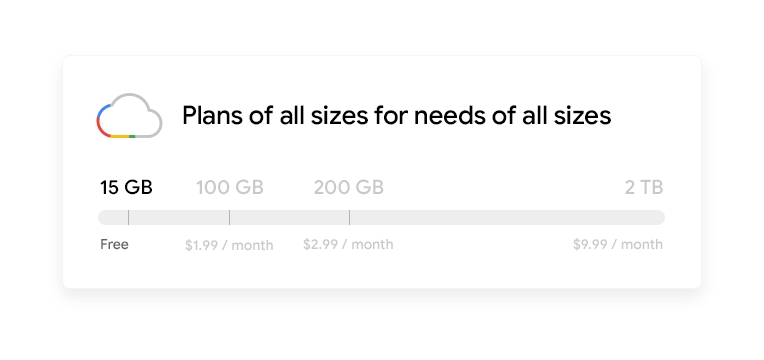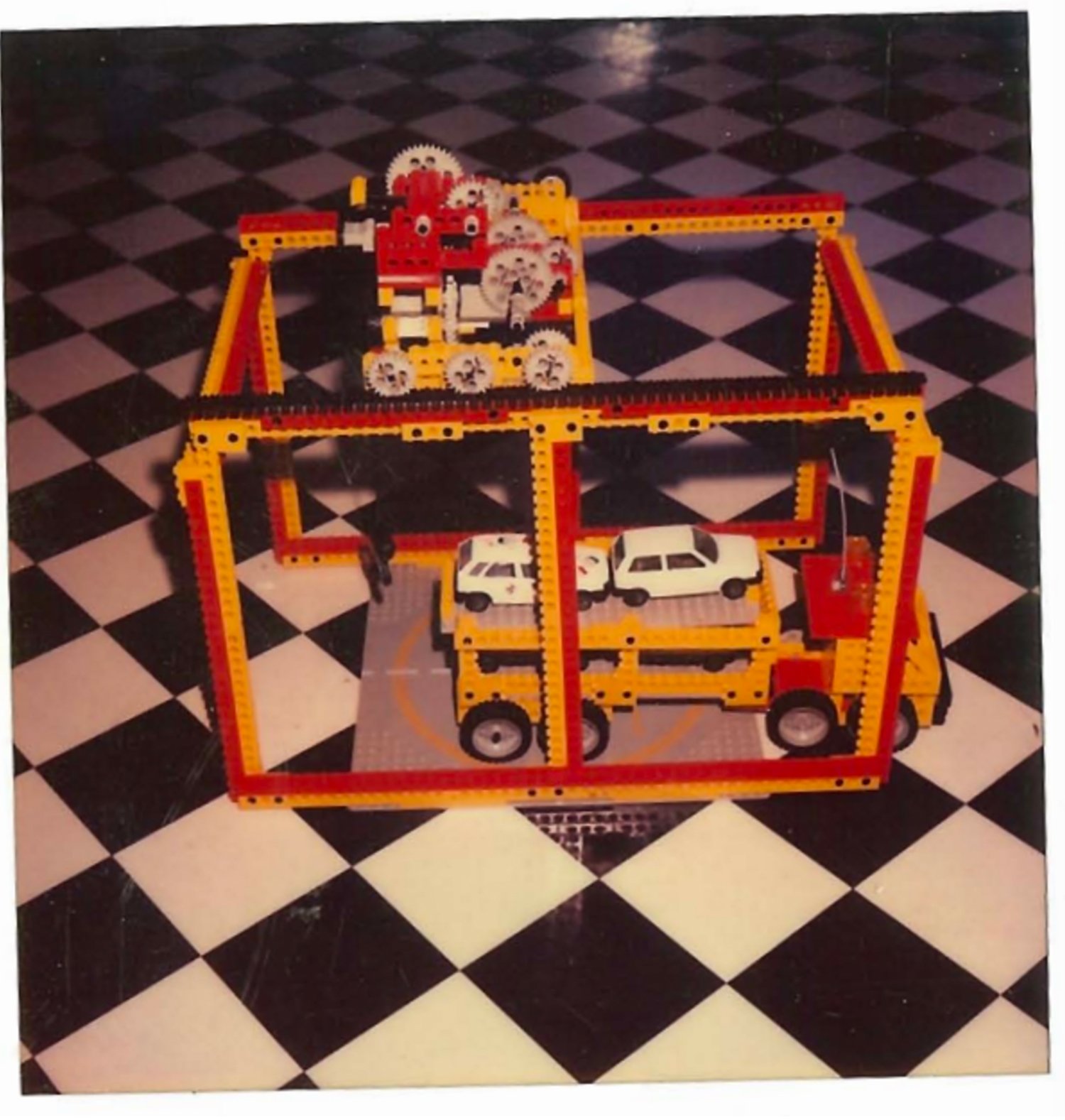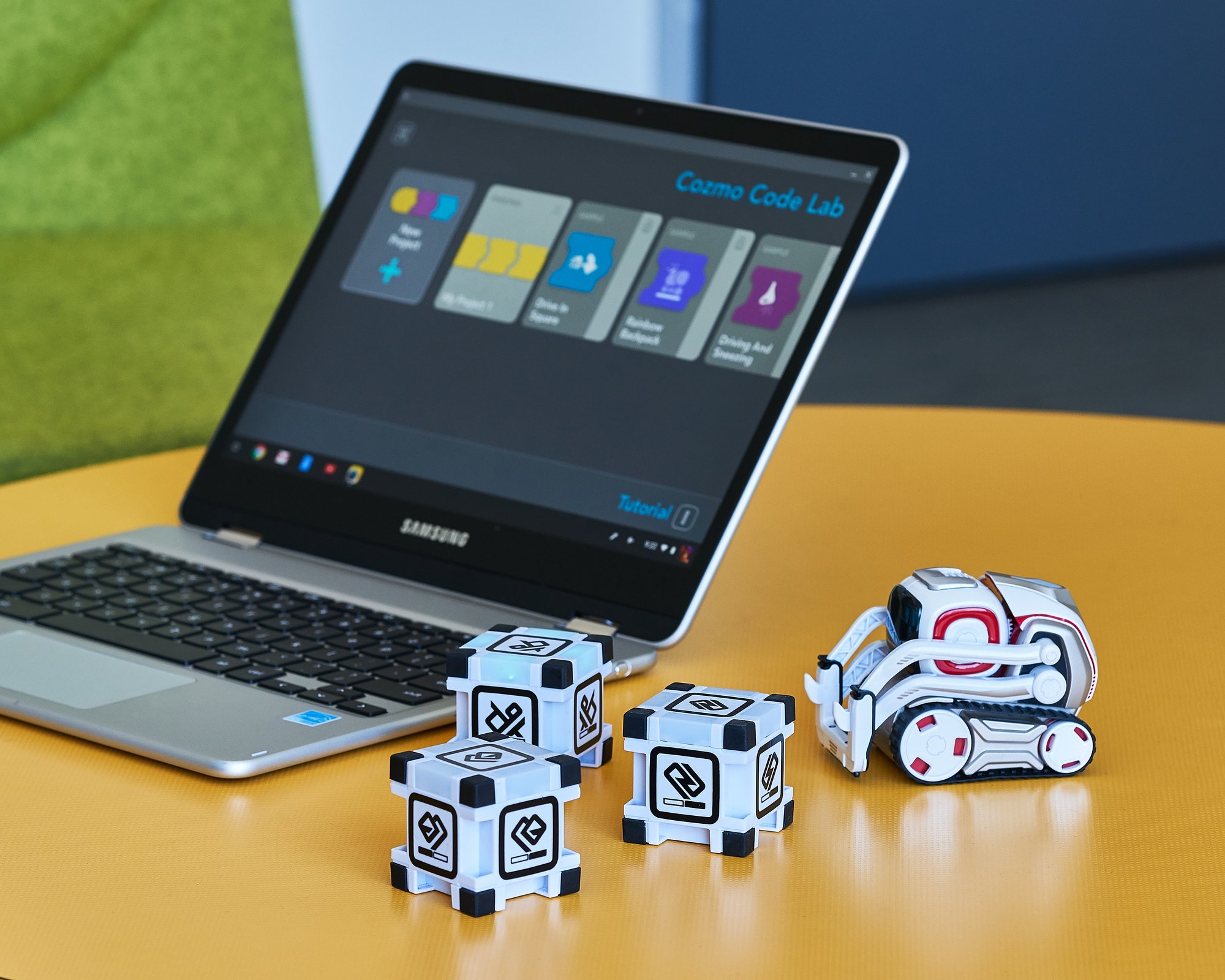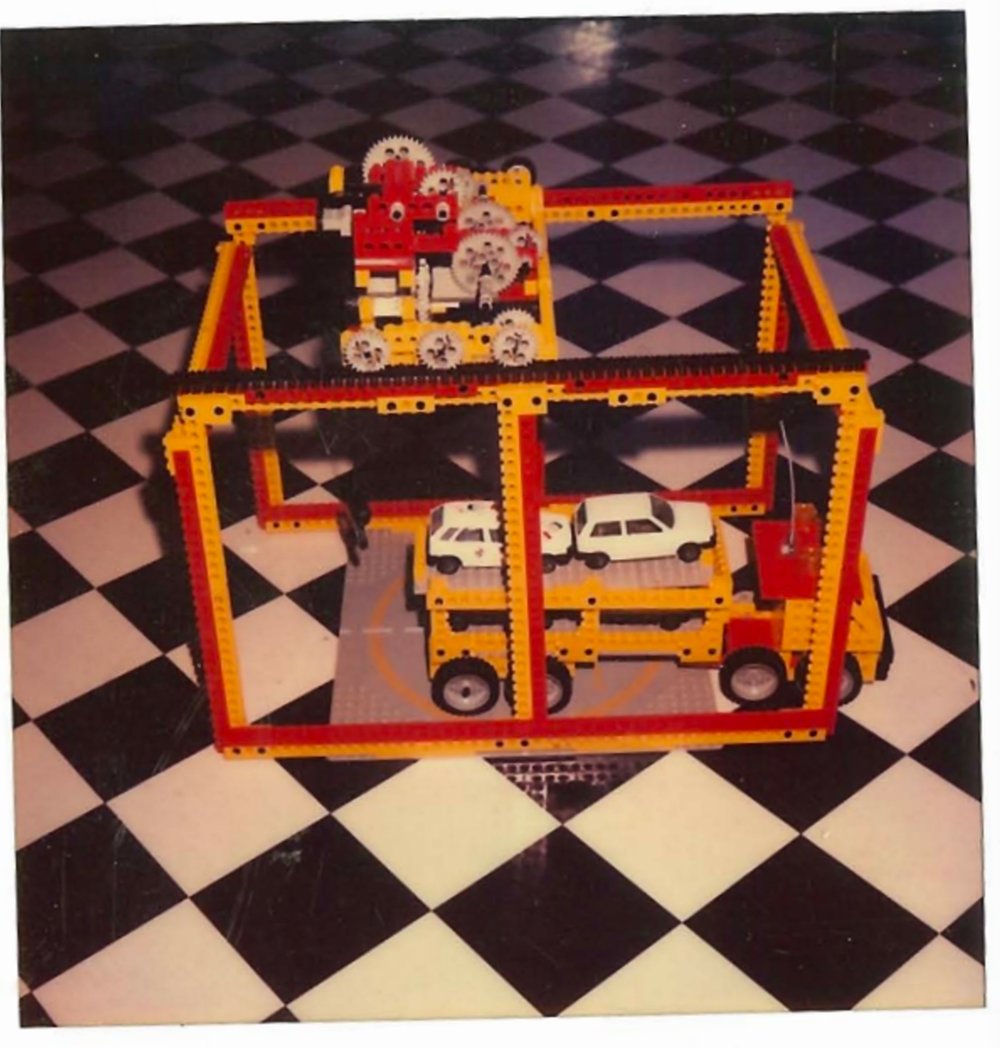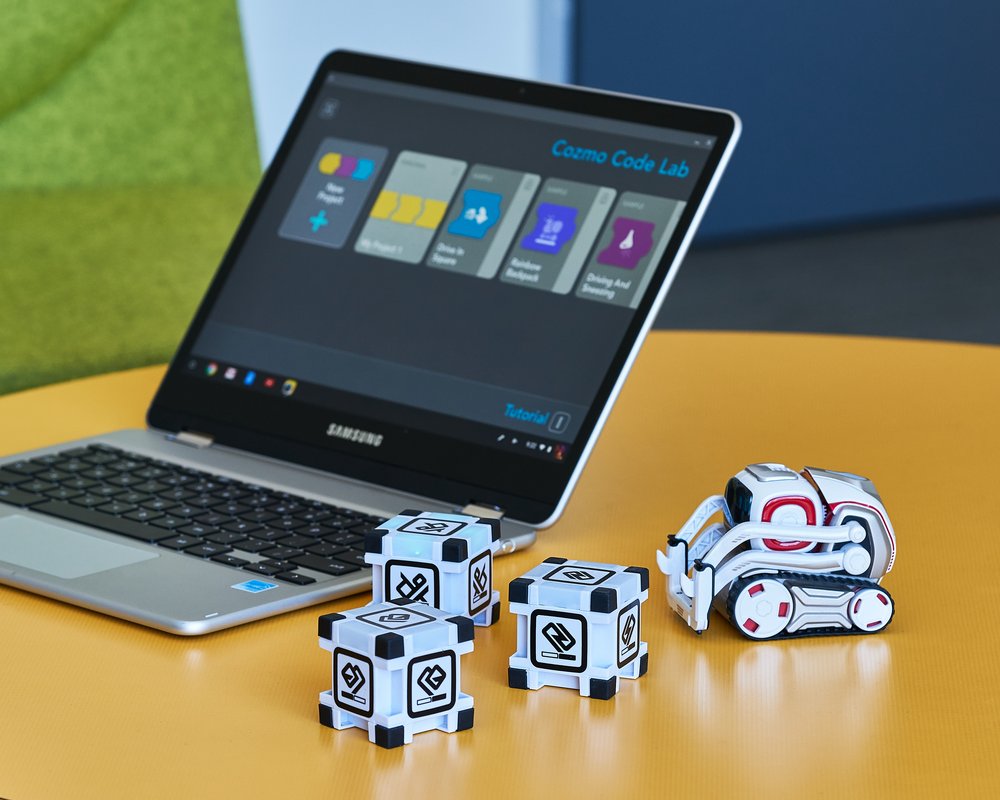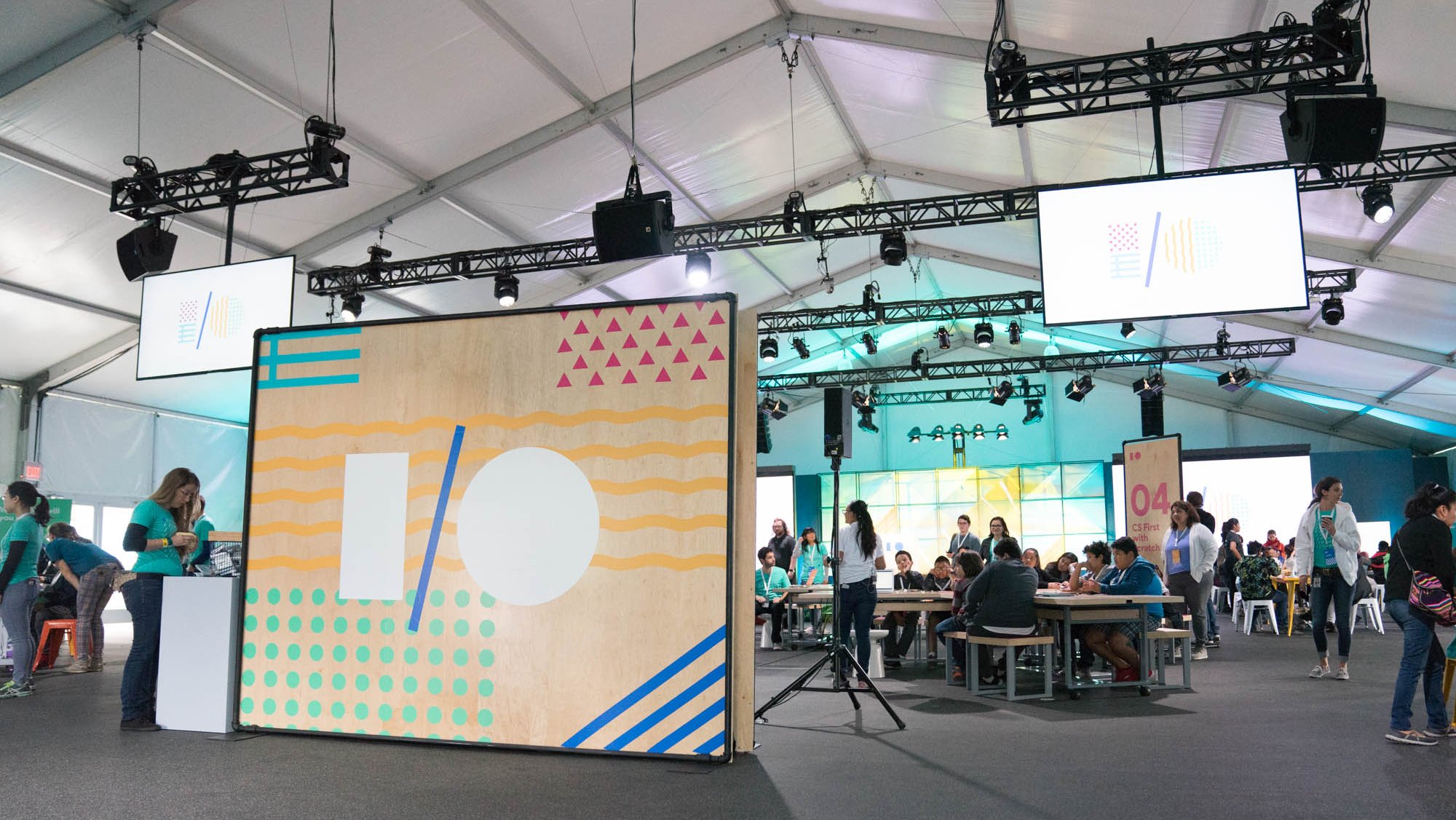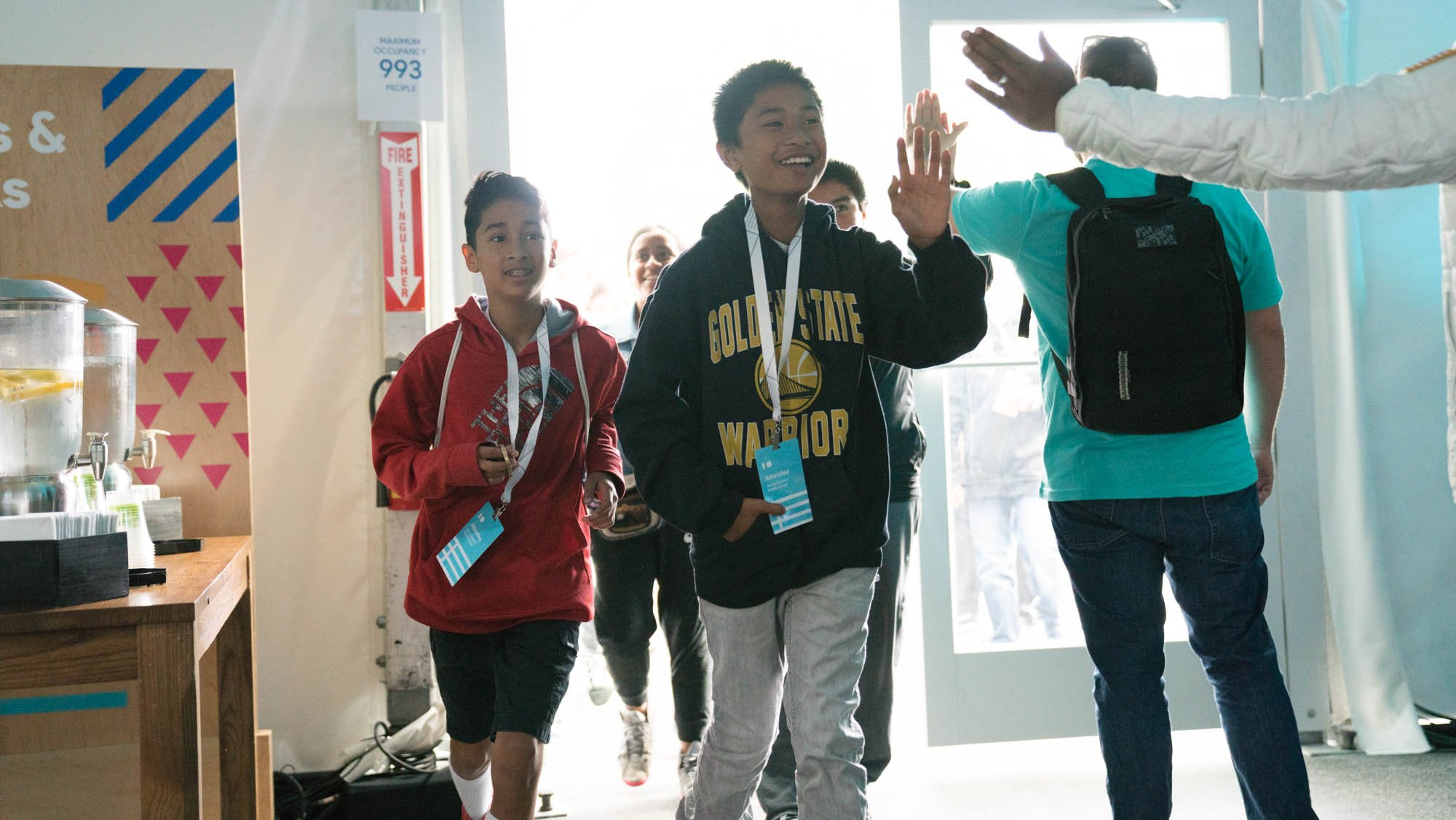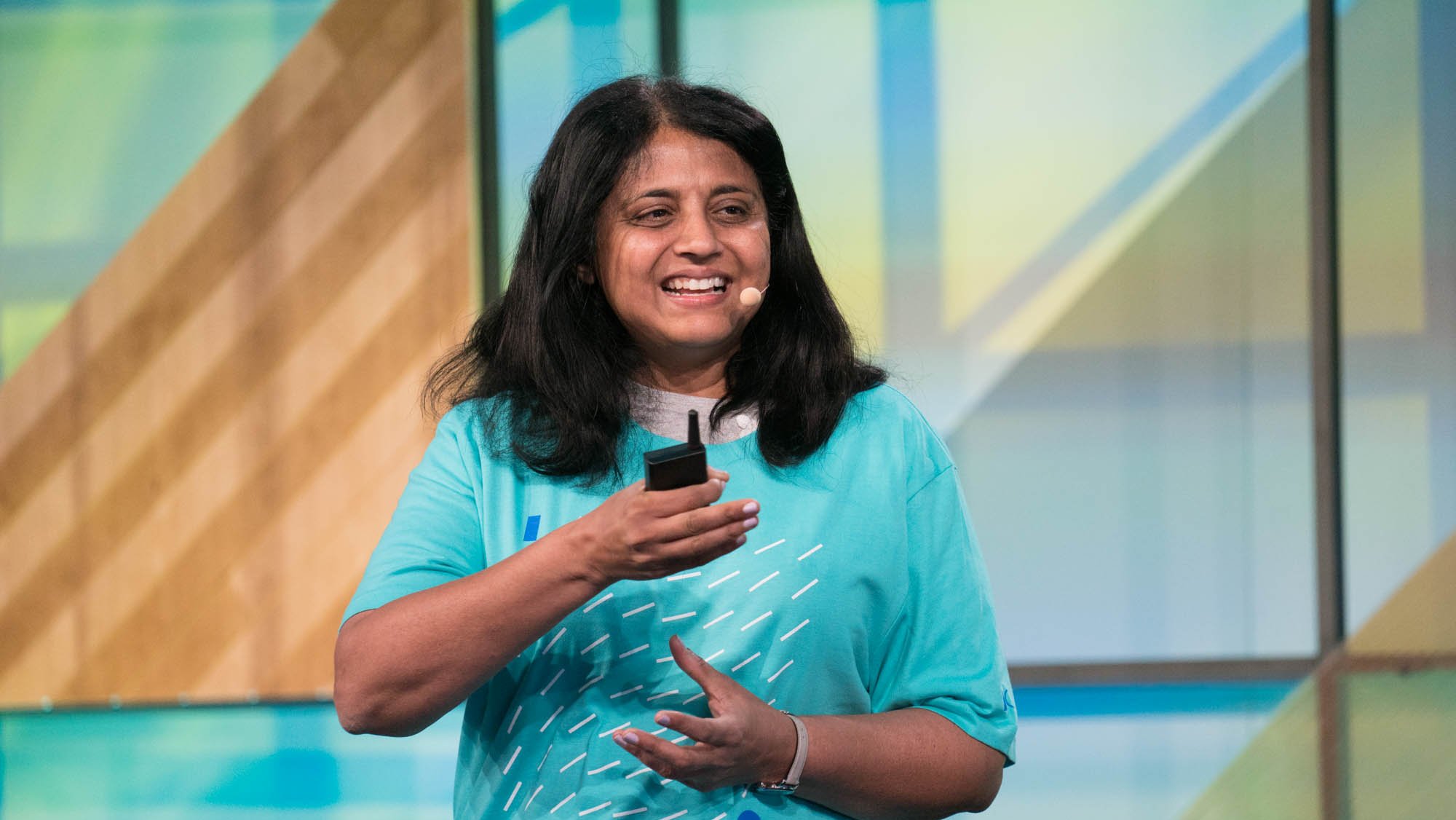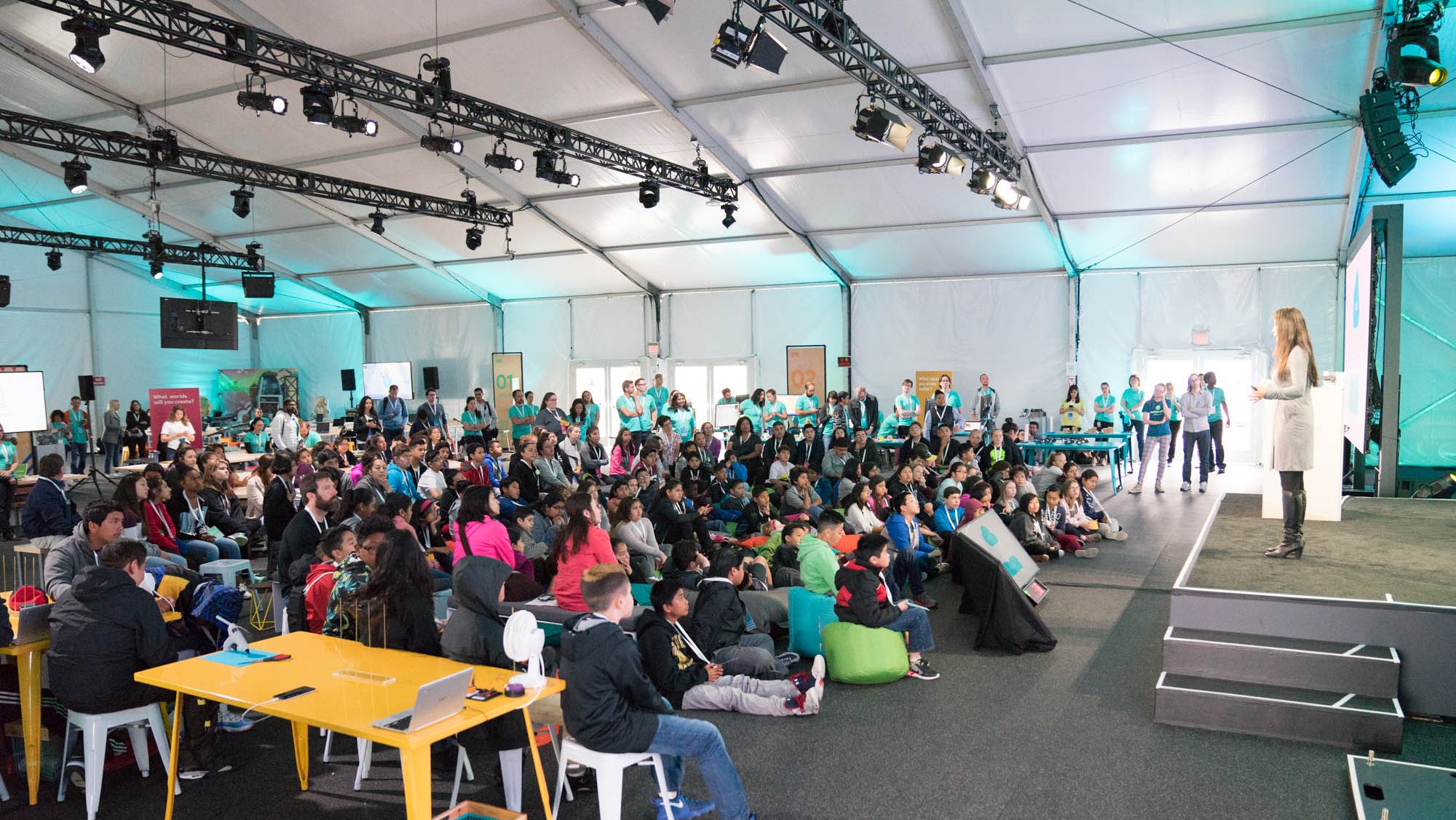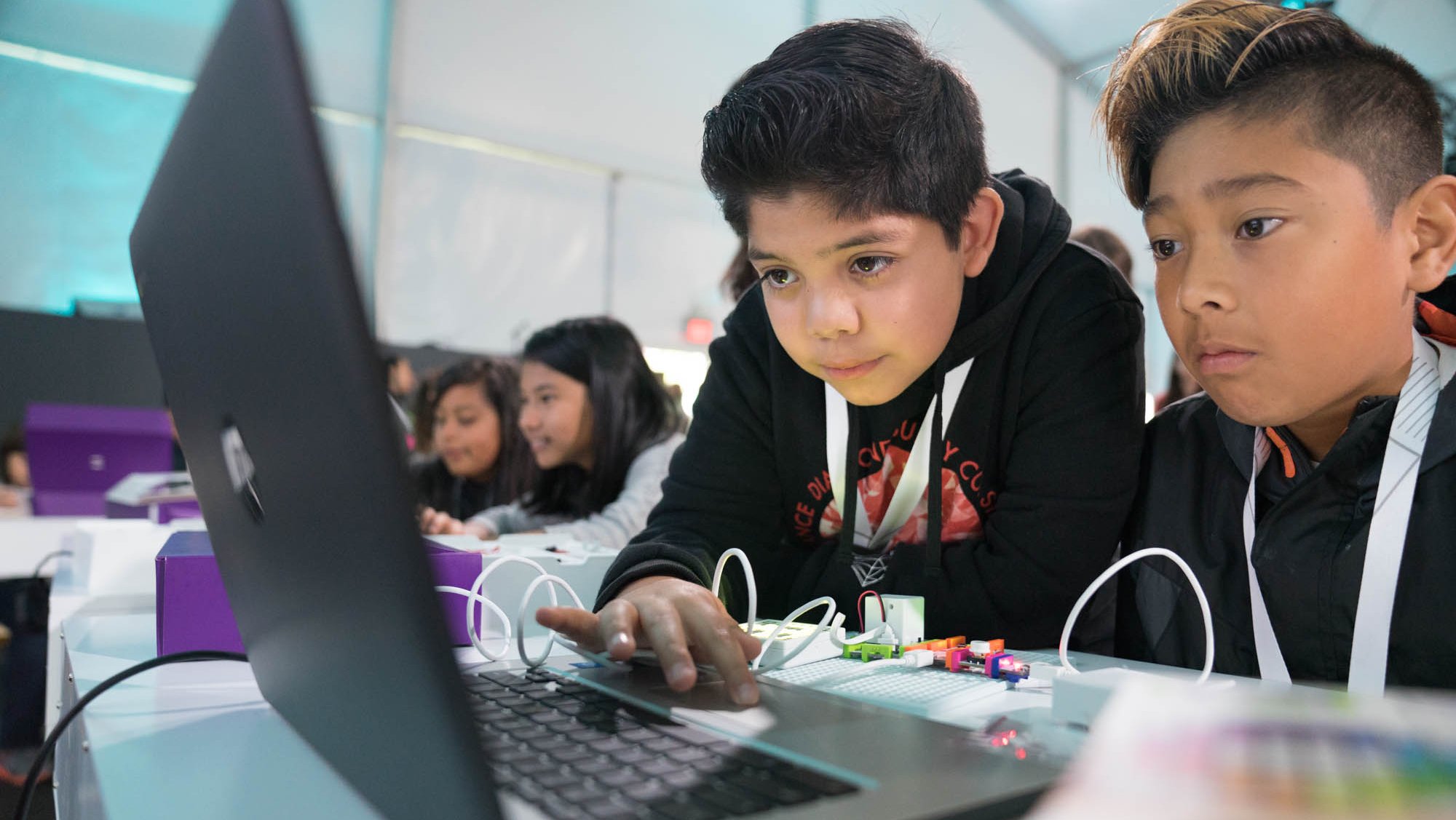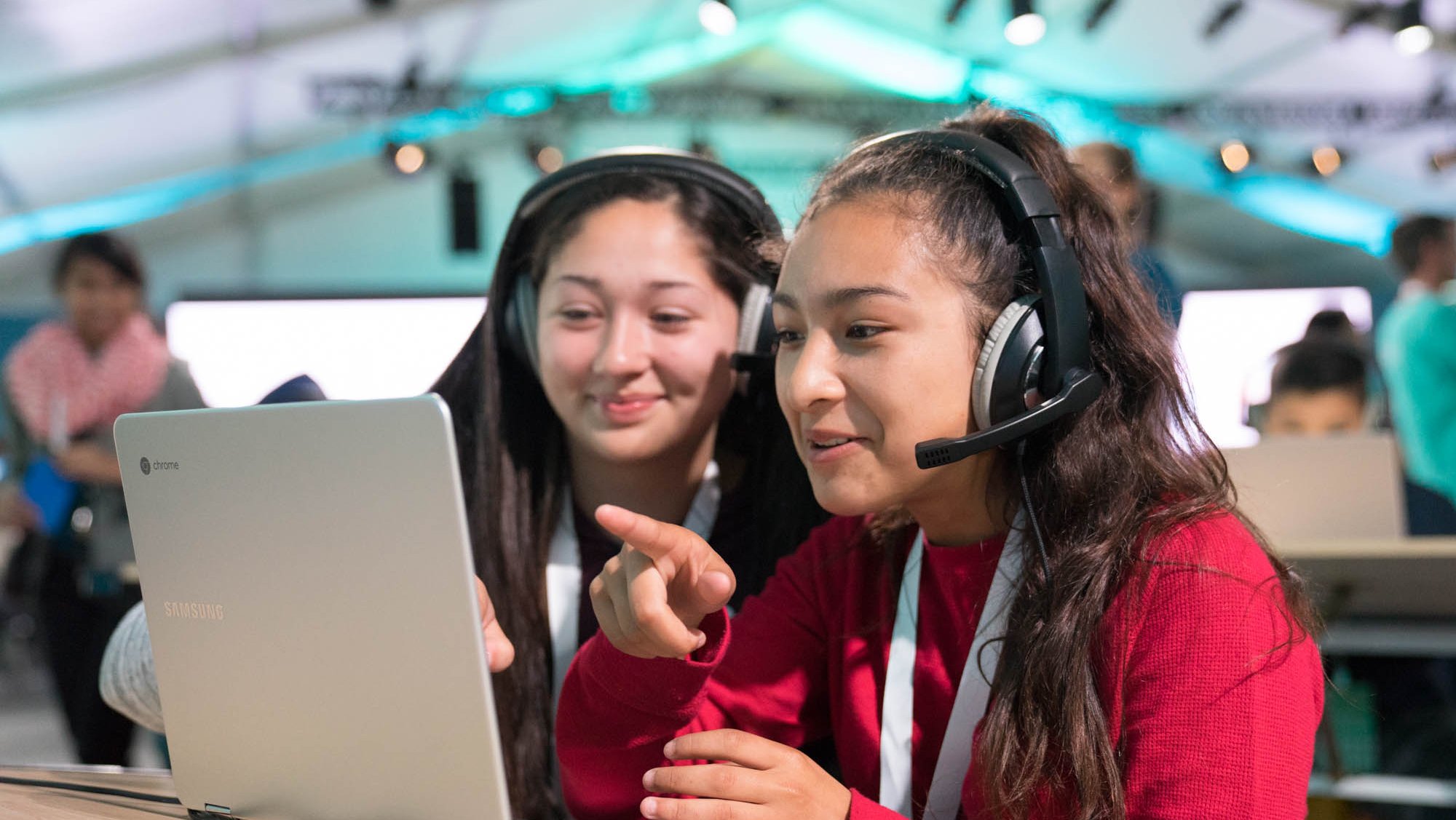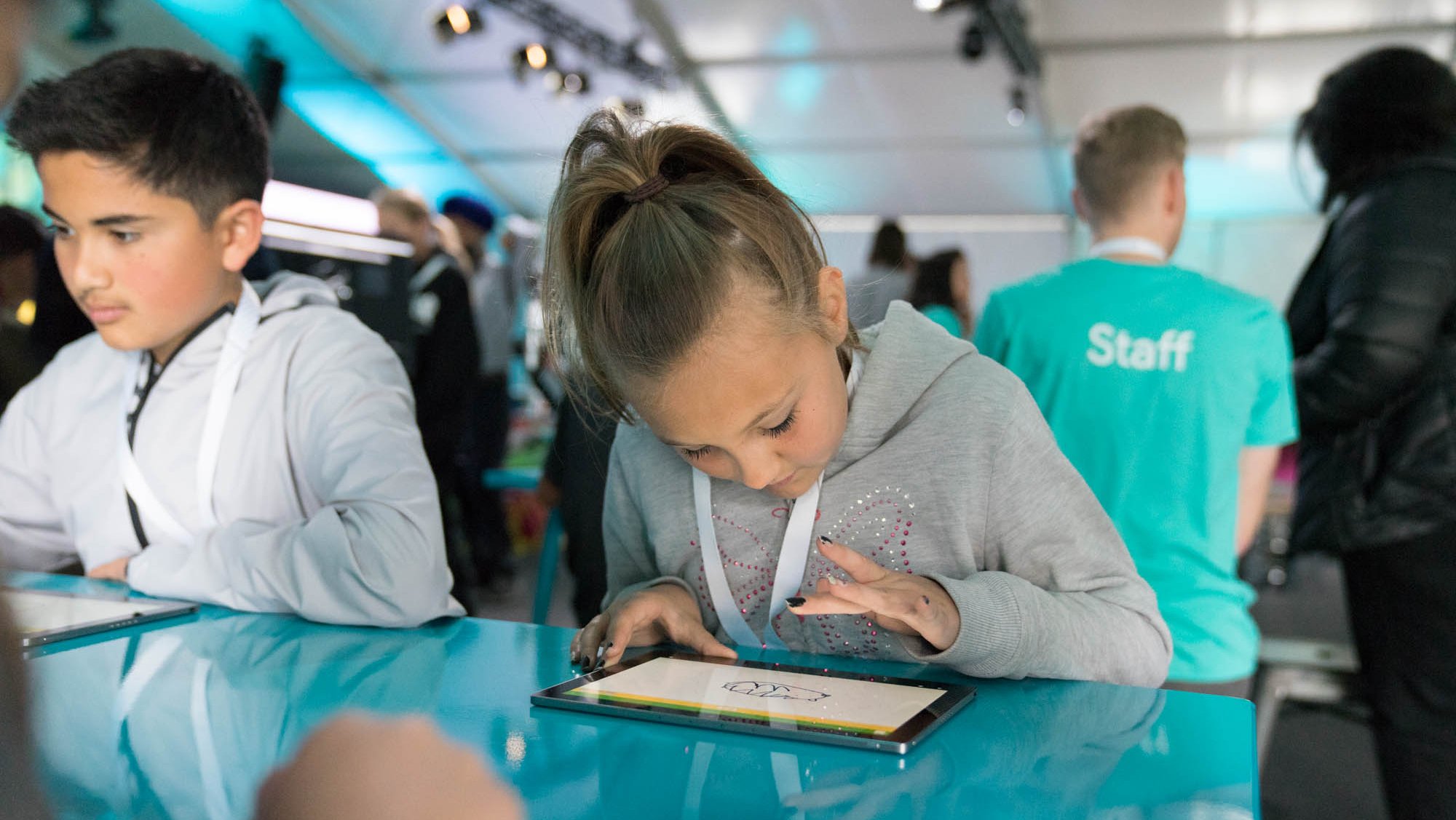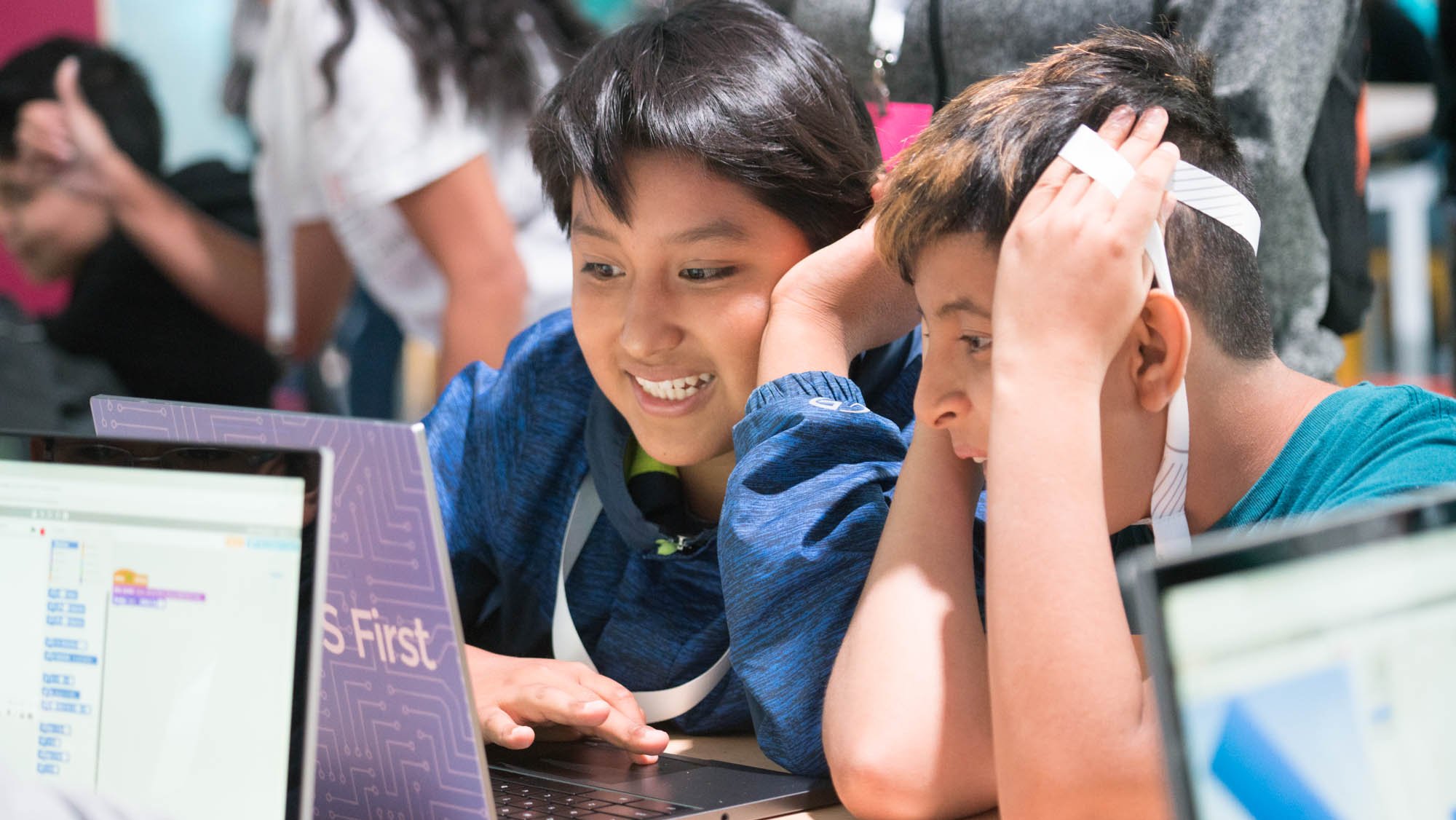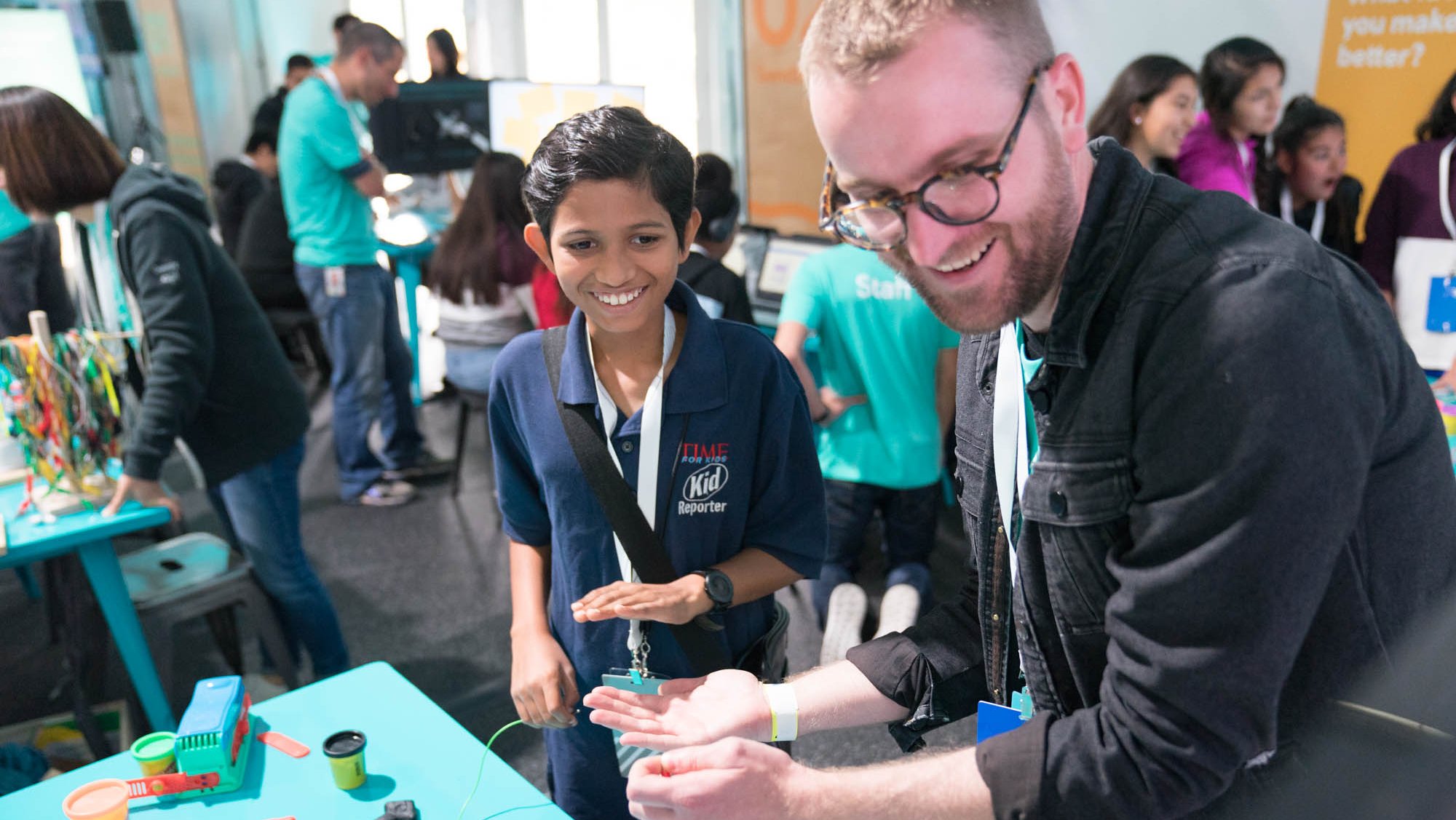When I was a kid, my family couldn’t afford a computer, so I’d only get to use one in my father’s office, for a few minutes at a time. When I was a little older, we got a computer at school—one computer, for the entire school—and I was able to spend a bit more time with a PC.
Fast forward to 2018, my daughter is walking around her middle school with a computer in her pocket that enables her to connect to the internet and use apps at any time. Even as a parent at a tech company, it’s hard to believe that this has become the norm: Most kids get a smartphone by the time they are 10 years old, and more than 77 percent of kids 6-12 years old are using them on a weekly basis.
The opportunity for kids to get help with math homework, listen to any song, or video chat with their grandparents at any time is amazing. But technology presents new challenges for parents, and it's important that they're equipped with resources to tackle them effectively.
Today is Safer Internet Day, and this year’s theme is a call to action to create a better internet for the youngest users. Here are some of the resources we’ve developed over the years that do just that.
Be Internet Awesome
Be Internet Awesome is a program—developed in collaboration with online safety experts like the Family Online Safety Institute, the Internet Keep Safe Coalition and ConnectSafely—that teaches kids how to be safer, more confident explorers of the online world.
Whether they’re playing Interland, our interactive online game, or learning from educators that are applying our lesson plans in their classrooms, Be Internet Awesome aims to help kids be thoughtful about what they share, identify phishing and other scams, protect their personal information, and be respectful of their peers.
One of the program’s most important pillars is: “When in doubt, talk it out.” Making sure that kids can talk about these new issues with a trusted adult—like a parent or teacher—is critical as they’re learning to navigate the web safely.
Family Link
It’s hard to balance giving kids the freedom to explore the internet, while guiding their experience. Family Linkcan help parents stay in the loop as their kid begins using their first mobile device. Parents can create a Google Account for their kid that's much like their own—and do things like manage apps, keep an eye on screen time, and set a bedtime for their kid's device.
Google Wifi
We’ve also built family-friendly controls into Google Wifi. Site Blocking, which uses the best of SafeSearch, enables parents to block access to more than 8 million non-kid-friendly websites on any device in the home—all with a few taps in the Google Wifi app. And to help you manage screen time, Google Wifi has a helpful feature where you can pause the Wi-Fi when it’s time to sit down for dinner or wind down for bed.
We’ve come a long way since I was using my dad’s computer in his office, and in the years ahead, technology will only become a more central part of our lives. We’re committed to building tools and designing programs that enable parents to provide a safer and inspiring experience for their kids online.
